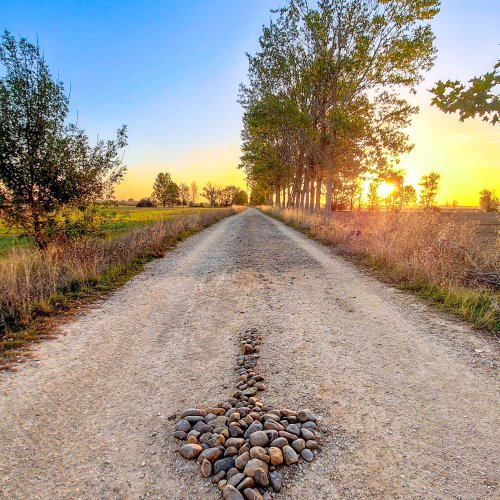If you want to be prepared to be able to provide first aid to others, and if you have the proper training, then a tourniquet and a few other lightweight items would not be a problem.
Some of the advice in earlier threads has changed in recent years:
Don't use a tourniquet - not true anymore if you have the training;
Release every xx minutes - don't release, only someone with advanced medical training should.
Attend a
Stop the Bleed training, taught nationwide, mostly by ER & OR physicians, on how to address bleeding. The training is free and only requires one evening. In summary: 1. Pressure, 2. Pressure bandage, 3. Tourniquet (once on, leave it on).
Here's the one that was recommended:
Tourniquet.
As mentioned above, it's been used in the OR for 2 hours (my OR MD said that he has used it for 3 hours during knee replacements with no damage).
Clotting Powder: I've carried it in the past, but an ER doc told me to never use it because it is extremely difficult to clean out of the wound. It's better to use one of the 3 options above. I no longer carry it.
A tourniquet is not just for the wilderness or battlefield. We are strongly encouraged to get the training and carry one, and I am in a big city - I keep a tourniquet and pressure bandage in each car. If you have only 1 or 2 minutes to stop the bleeding, the helicopter will arrive too late even if it's one block down the street. And it's difficult to apply a real tourniquet in that amount of time if you haven't practiced, let alone try to come up with a makeshift one.
That's why you need training, and practice, and the real thing.















